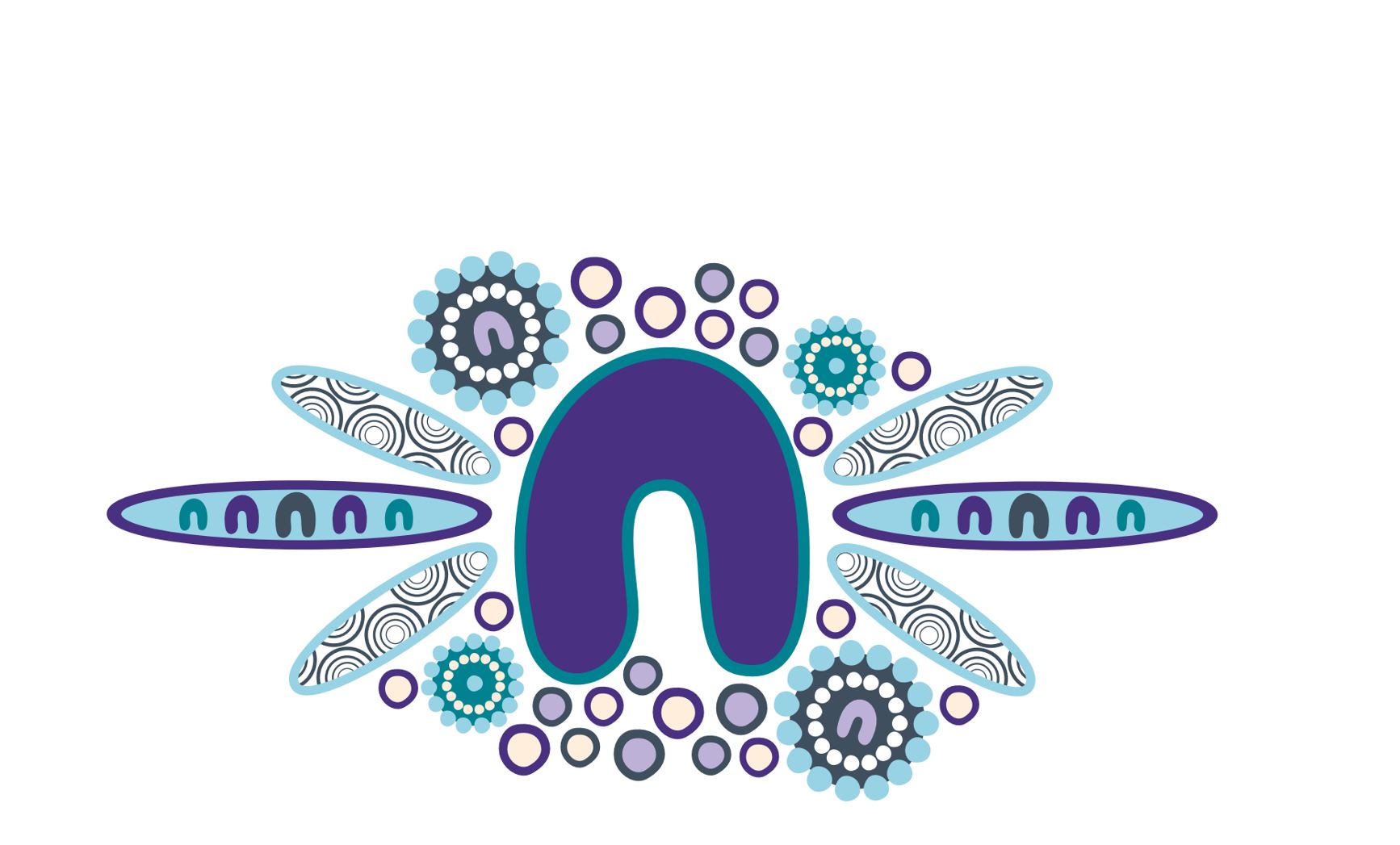Automatic language translation
Our website uses an automatic service to translate our content into different languages. These translations should be used as a guide only. See our Accessibility page for further information.
Research shows that when children in care have permanent relationships, cultural connections and the opportunity to participate in their school and community, they will have improved health, educational and social outcomes. By planning for relational, cultural, physical and legal permanency, we can support children in care to heal and to achieve their potential.
When it is not possible for a child to live at home with their family, guardianship and open adoption can be considered.
Children, parents, families, carers and cultural community are involved in ongoing conversations about all permanency options including guardianship and open adoption.
Remember: NSW legislation guides decision making for Aboriginal and Torres Strait Islander children. The aim is to ensure Aboriginal and Torres Strait Islander children live with extended family and kin if they are unable to live with their parents and that they remain connected to their community and culture. Open adoption remains the last permanent placement option for Aboriginal and Torres Strait Islander children.
Learn more about the Aboriginal Child and Young Person Placement Principles.
If you are a carer thinking about guardianship and open adoption for a child in out-of-home care ***Thinking about guardianship, carer resource (PDF, 224.4 KB) and Thinking about Open Adoption, carer resource (PDF, 232.3 KB) is a helpful resource.
There are some similarities between guardianship and open adoption, for example they both provide legal permanency for children who are in out-of-home care. Guardianship and adoption orders can both provide children with a stable home and a sense of belonging. Children continue to have the right to maintain relationships with their family, community and culture. After a guardianship or adoption order is made, there is no case management or ongoing involvement from DCJ or an out-of-home care agency.
There are some differences between guardianship and open adoption. A guardianship order expires when a child turns 18 year of age. An adoption order is permanent, it changes the child's legal relationship with their birth family and they receive a new birth certificate. Financial support is also different for guardians and adoptive parents.
For more information see the links below.

This element designed for the Permanency Support Program is a representation of the importance that culture and kinship have in connection with our young First Nations people. This element shows a child in the centre surrounded by connection to country, cultural connections, family and community connections which help to create a safety net for First Nations children in out-of-home care. This element shows that for First Nations children, connection to culture, country and people are vital to health and wellbeing.
Living with family and kin is preferred for Aboriginal and Torres Strait Islander children who are not able to live with their parents. Open adoption remains the last permanent option for Aboriginal children.
Read more on the Aboriginal Child and Young Person Placement Principles.
© Leticia Anne Designs | Created by Wodi Wodi artist Lauren Henry
Last updated: